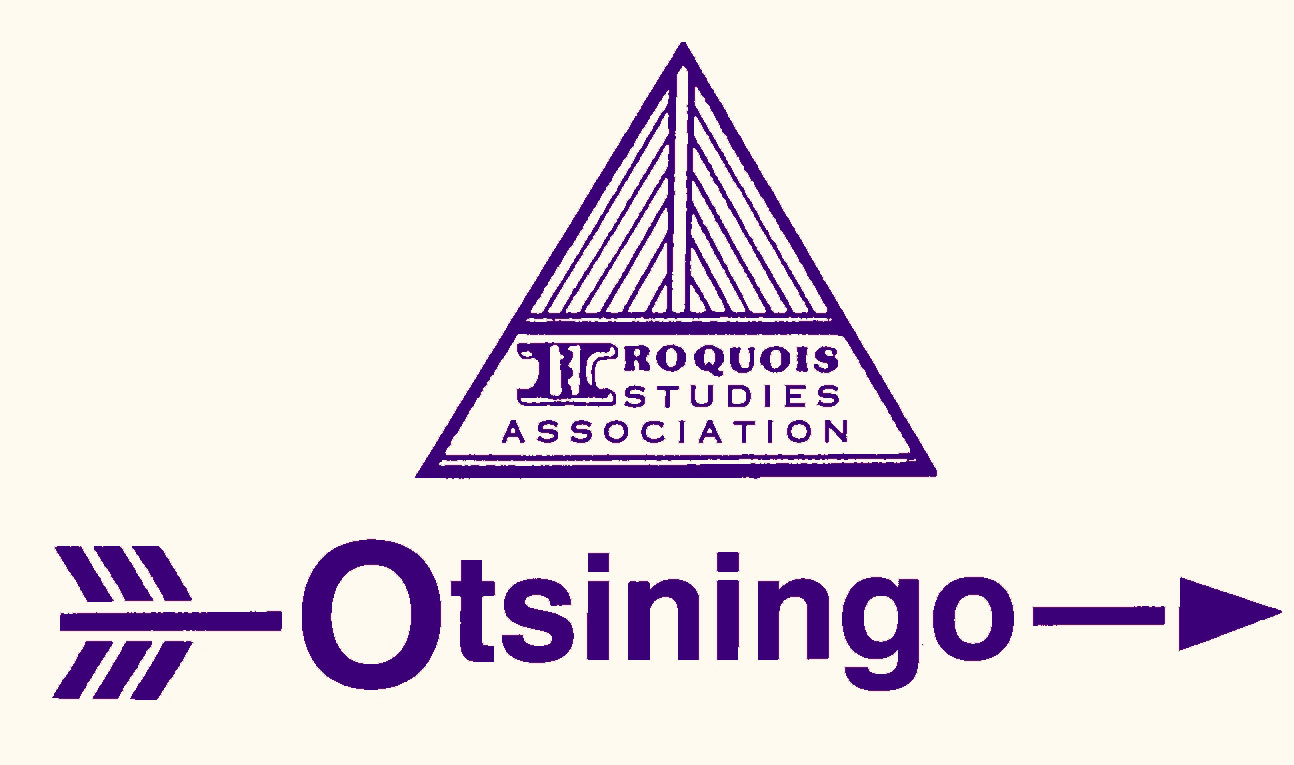

The History of Otsiningo
A review by Ellis E. McDowell-Loudan, SUNY College at Cortland, President, Iroquois Studies Association
Taylor, Michael. Contesting Constructed Indian-ness: The Intersection of the Frontier, Masculinity, and Whiteness in Native American Mascot Representations.
Pp. v + 147. Lexington Books, Lanham, MD. 2013. $54.00. ISBN 978-0-7391-7864-5 (cloth: alk. paper)—ISBN 978-0-7391-7865-2 (electronic) $51.30.
What’s wrong with Native American mascot representations? Professor Michael Taylor, a member of the Seneca Nation of Indians earned a Ph. D. from Syracuse University, his dissertation was based on his preliminary research on the harm done by the insidious racism of continually evolving, but always militant versions, of Indian-stereotypic mascots. This book is an excellent synthesis of his many years of fieldwork, research, and discussion with many colleagues and friends about this complex, concern. Taylor holds a joint appointment in Anthropology and Native American Studies at Colgate University. He co-founded the Central New York Native American Studies Consortium, within which a film about the harm done by Native American mascots, with interviews of Chief Oren Lyons and a number of individuals from Onondaga Nation was made and presented to NYS Department of Education in Albany. In 2002, Taylor carried out fieldwork at the University of Illinois and the adjacent community “as a natural selection in the mascot discourse (2013: 8).” Emotions in the area ran so high that he was threatened with arrest because of his research! Taylor analyzed his first experience at a football game, as an 8th grader, watching the Salamanca “Warrior” mascot, a Seneca student he knew: “By having the Native American participate in this spectacle as performer, it represents a form of institutional racism where the real acts out as the imagined and thus a juxtaposition occurs where the fiction becomes the reality and is substituted for the authentic. Whether it had occurred as Levi Walker, Jr., Ottawa/Odawa Nation, role playing as Chief Noc-A-Homa for the Atlanta Braves baseball team in the 1980’s or the descendants of Seminole leader Osceola who carry his name as their family surname acquiescing with the Florida State University and allowing the on-field mascot to be called Chief Osceola, astride a spotted Appaloosa horse brandishing a flaming war lance in the present. The public display of the faux subsuming the real plays to the ethnic notions of constructed Indian-ness of the popular cultural expectations of white male viewers and consumers of this staged pageantry (2013:2-3).” There are many thought-provoking points made in this relatively brief text, but here is one more that to me answers the question with which I opened this review. “Mascots are not the intertwined negotiations and mediations over time and place between Red and White cultures. Mascots are wholly white inventions of desired and loathed reflections of self in regard to the conquest of people and land, very few mascots are of indigenous origin and founding…Human beings are represented by mascots, and these are typically apolitical such as Commodores, Engineers, Patriots, Colonials, Cowboys, or even Presidents. However, these are roles, occupations, or historic contexts of peoples and institutions. Native Americans are living beings who become politicized because of the competitive and combative experiences in which their idealizations by the larger American society are grounded…represented by the idealized Indian, then become two-dimensional mascots, losing their humanity as part of the construct…(Taylor 2013:128-129).”